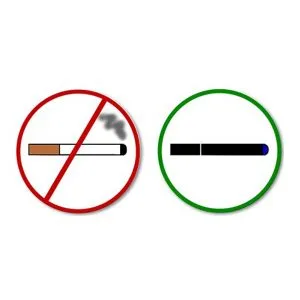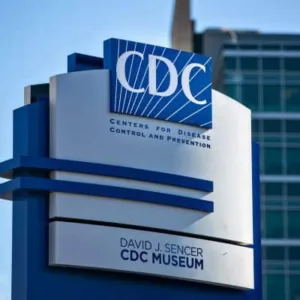Vitamin E acetate found in the majority of illness causing vapes in the United States
Over the past several weeks various News sources have discussed a compound called Vitamin E acetate also known as tocopheryl acetate. This fairly common vitamin supplement was found in the majority of cases involving serious illnesses and even (at the time of this writing) seven deaths. (Source) Many mainstream media sources are jumping on the … Read more











